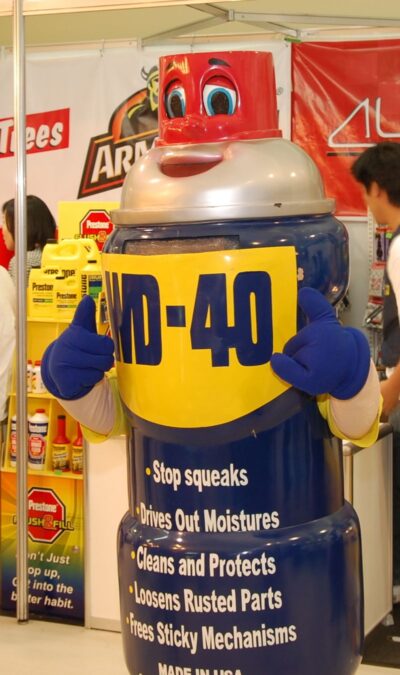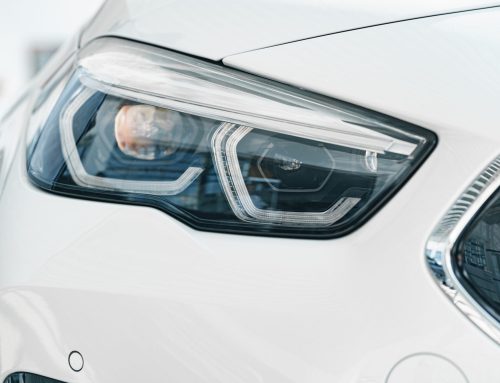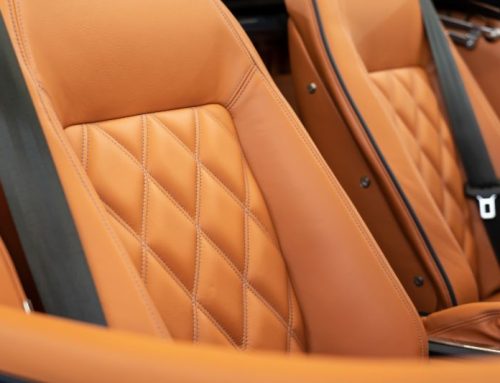You may wonder if WD-40 can remove car scratches. The answer is yes. The greasy substance is non-reactive to the paint on your car. In addition, it attracts dirt and wax and leaves behind a greasy residue. It also contains toxic substances and is therefore not recommended for humans.
WD-40 is non-reactive with car paint
One of the biggest advantages of WD-40 is that it is non-reactive with car paint. This makes it easier to apply to the car’s finish. It also prevents water from penetrating the metal, which helps prevent rust formation. Car owners can be quite inventive, and they can use WD-40 on their car for a variety of purposes.
If you’re in the market for a new lubricant for your car, you may be wondering what the best product to use is. Fortunately, WD-40 is a non-reactive alternative to silicone and fish oil. It can even be used on your bicycle chains.
It attracts dirt and wax
You may have heard about using WD-40 to remove car scratches. Although this is not a permanent fix, you can use it to coat scratches and remove dust and dirt. Apply it generously to the affected area and wipe it off with a microfiber cloth. Apply it again as needed.
WD40 is a popular household solvent that can be used for many different things, including cleaning gunk off surfaces and freeing stuck screws. Many people find that applying it to scratches on their car will help them heal quickly and prevent them from getting any worse. WD40 is a chemical solvent that was originally used to dissolve water and dirt from metal surfaces. It’s now a widely-available product that comes in many formulations.
WD-40 can also be used to clean car paint and remove sap. When applying it to the car, spray the WD-40 on a clean rag and wipe the area you want to clean. This way, you’ll prevent it from getting onto unintended surfaces.
It leaves a greasy residue
WD-40 is a common household product that can be used to remove minor car scratches. It can be applied to the affected area with a microfiber cloth or spray. Depending on the severity of the scratch, the substance may remove an additional layer of paint. The product is also safe to use on painted surfaces and is effective in removing paint transfer.
Although WD-40 is a great solution for minor paint scuffs, it is not a good solution for larger areas of the car. The product can leave a greasy residue, which may attract dirt. It can also make moving parts sticky. Furthermore, it is not recommended for use on a car with a lot of rust or severe car scratches.
It is toxic to humans
You may be wondering if WD-40 is safe to use on your car. It contains flammable aliphatic hydrocarbons, which are toxic to the nervous system and organs. It is recommended to use it in a well-ventilated area and avoid inhaling the spray.
WD 40 contains 5% Carbon Dioxide. This chemical compound is used in a variety of products. It is less toxic than methane and is considered safe for human consumption. It can remove light scratches and rust. However, it should not be used on a large area of paint or on a surface that is sensitive to heat.
WD-40 is considered to be safe for humans, but it can cause mild irritation. If you have any contact with the spray, it is advised to wash the area with soap and water.
It does not clean car paint
Although it may seem like a miracle solution to get rid of bugs, WD-40 does not actually clean your car’s paint. This product leaves behind a greasy residue that attracts dirt and can even cause scratches in the paint. Instead, use a water-based wax or a clay bar to remove stubborn grime.
The main ingredient of WD-40 is mineral oil, which is derived from petroleum. The other ingredients are trace elements and alkanes of carbon. These four substances come together to form a lubricating spray that will prevent squeaks and other noises. It is best to use WD-40 in a well-ventilated area.
Some people have wondered if WD-40 can be used on car paint. It is safe to use, but only in small amounts. It should not remain on the paint for a long time. Also, you should test the product on an inconspicuous area before using it on your car.




